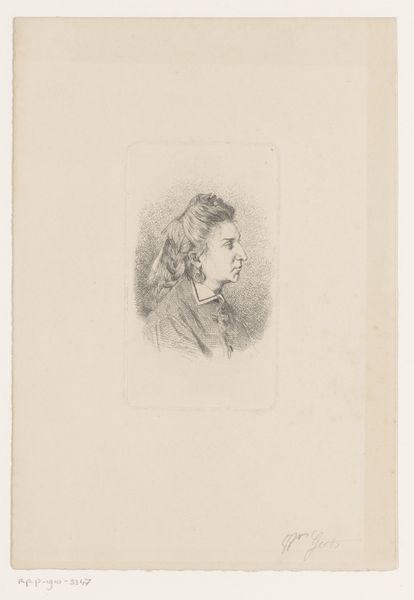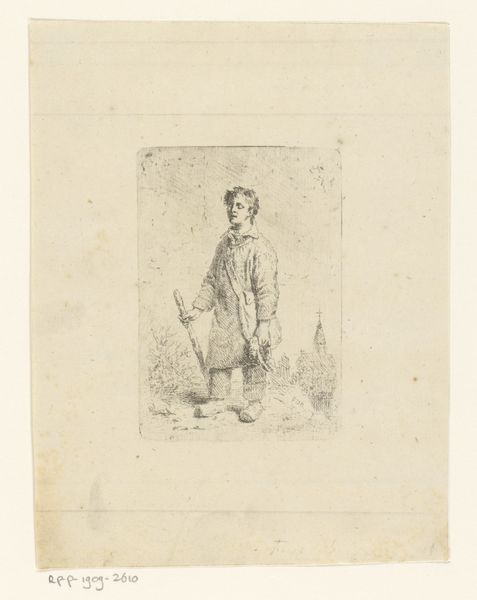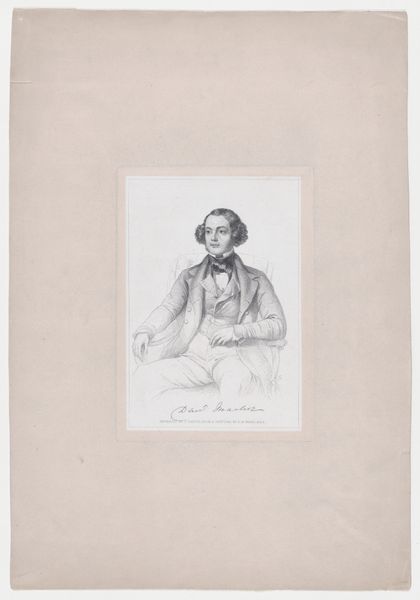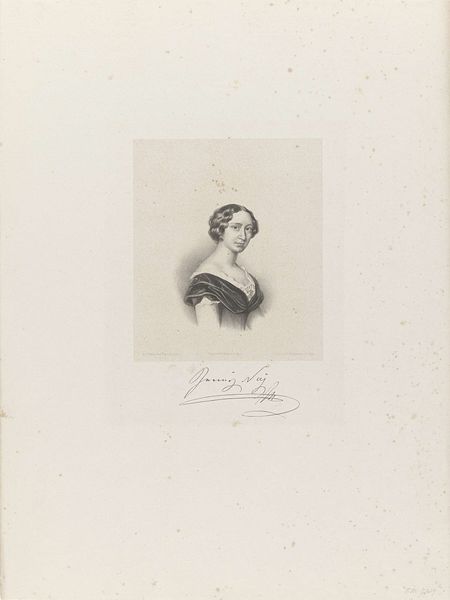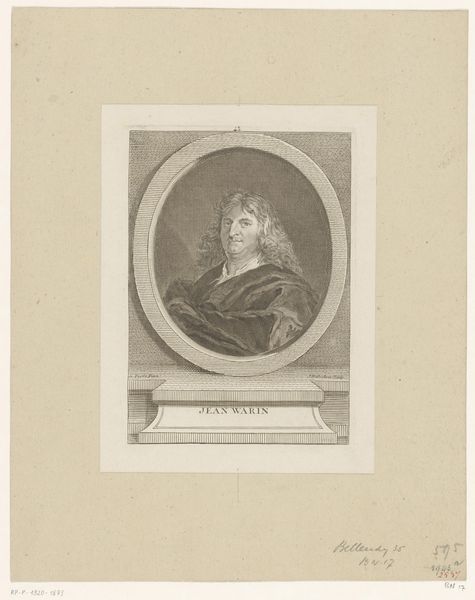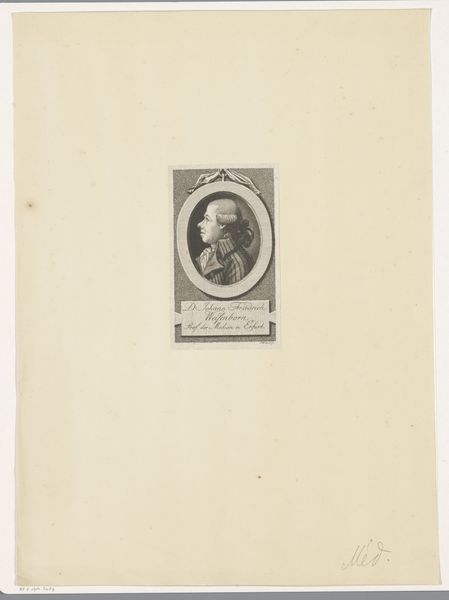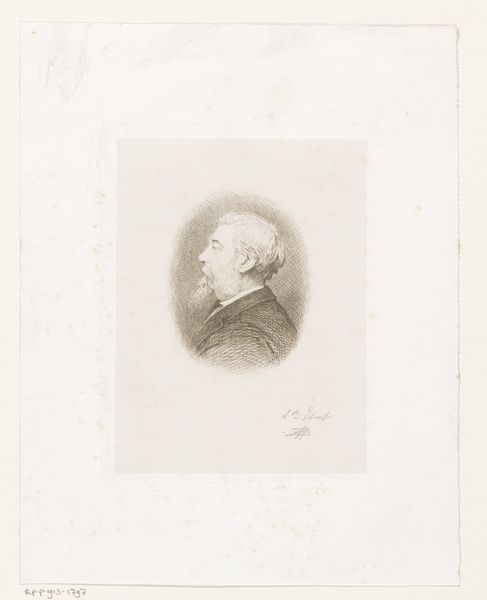
silver, print, daguerreotype, photography
#
portrait
#
16_19th-century
#
silver
# print
#
pencil sketch
#
daguerreotype
#
photography
#
france
#
men
Dimensions: 3.4 × 2.6 cm (image); 8.5 × 6.5 cm (paper); 10.5 × 6.5 cm (mount)
Copyright: Public Domain
Curator: It’s striking, isn't it? A hushed sort of image. Editor: Yes, it has a stillness. Melancholy, even. I'd be interested to know more about the photographic process used. Curator: This is a daguerreotype made by Antoine François Jean Claudet from the 1860s. It is called "Duchess of Kent" and it’s part of the Art Institute of Chicago collection. Editor: A daguerreotype, so each image a unique object. That silver plate would have been so carefully prepared, so painstakingly exposed. I wonder, did Claudet himself sensitize the plate, or was that done by an assistant? These details about the division of labor are fascinating to me. Curator: It speaks to a time when photography was still very much tied to craft and material processes. Daguerreotypes were precious objects, aren't they? The ambrotype that was housed in a case for safe-keeping, very precious and usually expensive depending on the detailing of its construction and also depending on the level of hand-colouring applied to the portrait image, if there was any. They visually reinforced status and lineage in an increasingly industrialized world. Editor: Precisely. The very act of commissioning a portrait, especially via such a relatively novel and intricate process, becomes a statement. And consider the social context—the Duchess of Kent, photographed in this particular way. What political or social statement was being made through this visual representation? What kind of performance is going on there, if any? Curator: It shows us something about the changing ways in which monarchy wanted to be perceived during a period when their image began to be democratized via photography, made accessible, more widely distributed, and perhaps less forbidding and imposing? Editor: Indeed. The image became another site for maintaining or challenging the authority and ideology. I wonder how the circulation of these images shaped public perception, contributing to how monarchies negotiated a changing world. Curator: It certainly prompts us to reflect on how art intertwines with larger social structures. Editor: Absolutely. It underscores the importance of thinking about art beyond its aesthetic appeal, connecting it to production methods, societal dynamics, and political influences. A new layer of understanding of art.
Comments
No comments
Be the first to comment and join the conversation on the ultimate creative platform.



